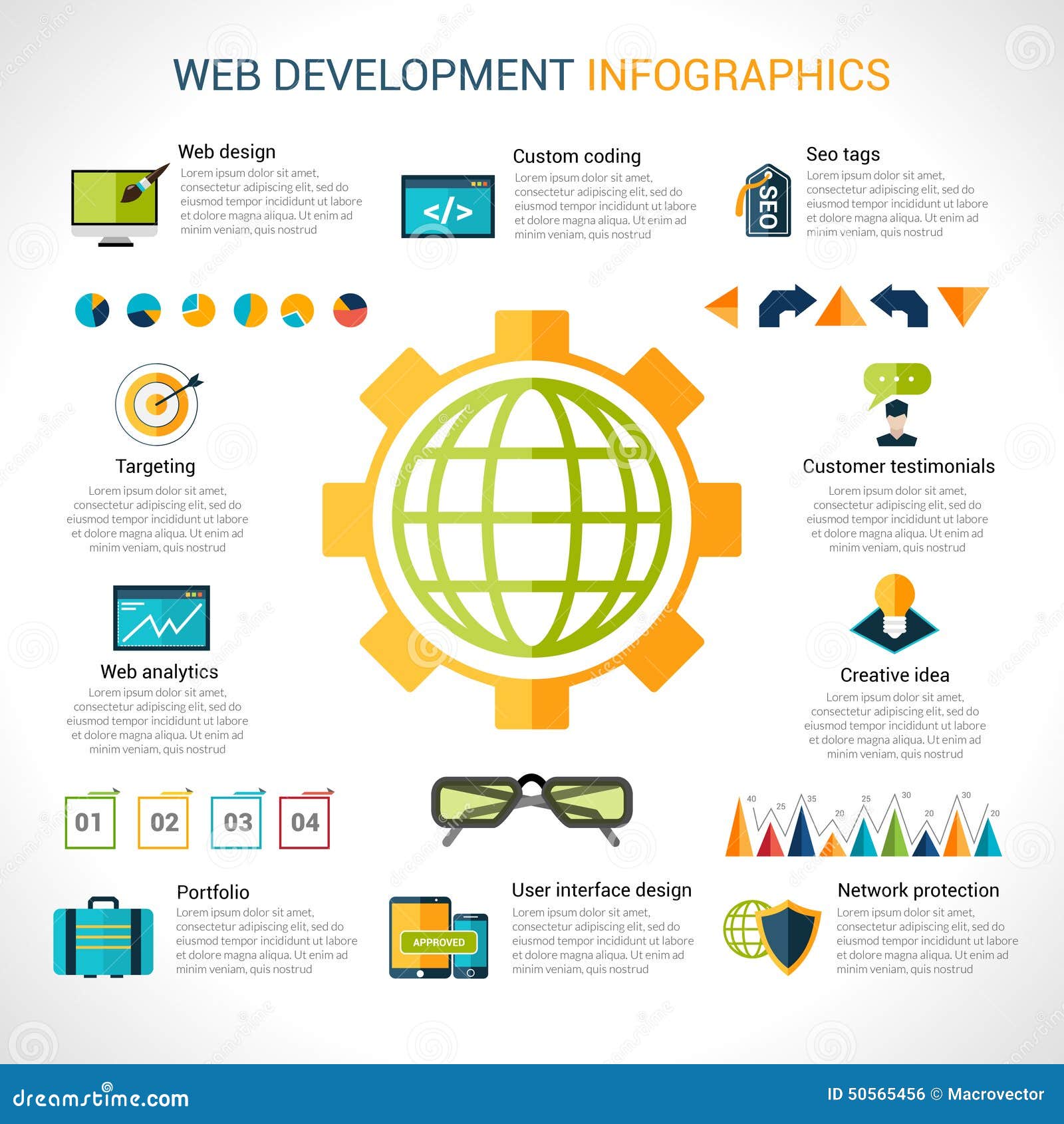Intrigued In Discovering Just How Internet Site Design Has Altered Throughout The Years? Explore The Progression From Fundamental, Simple Layouts To User-Centered Strategies That Focus On The Needs And Preferences Of On The Internet Visitors
Intrigued In Discovering Just How Internet Site Design Has Altered Throughout The Years? Explore The Progression From Fundamental, Simple Layouts To User-Centered Strategies That Focus On The Needs And Preferences Of On The Internet Visitors
Blog Article
Content Writer-Collier Vinson
In the past, internet sites were basic and focused on details. Navigating was straight, and design was for desktops. Now, individual experience is essential. Information overviews styles for easy navigation. Responsive formats fit various devices. Today, dark setting decreases strain, and minimalist food selections boost navigation. Interactive attributes engage customers, and bold visuals stand out. AI combination increases interaction. See just how layout has advanced to improve your on the internet trip.
Early Days of Web Design
In the early days of web design, simplicity preponderated. Sites were basic, with limited shades, typefaces, and layouts. The focus got on providing details rather than fancy visuals. Individuals accessed the web through slow-moving dial-up links, so rate and functionality were key.
Navigating ada internet compliance were straightforward, usually located at the top or side of the page. Websites were developed for desktop, as mobile browsing had not been yet common. Web content was king, and designers focused on easy readability over complex layout aspects.
HTML was the key coding language utilized, and developers had to function within its restraints. Computer animations and interactive features were marginal compared to today's standards. Websites were static, with little vibrant content or customized customer experiences.
Surge of User-Focused Layout
With the advancement of site layout, a change in the direction of user-focused style principles has actually become increasingly prominent. Today, creating web sites that prioritize customer experience is important for involving site visitors and accomplishing business goals. User-focused design includes recognizing the demands, preferences, and actions of your target audience to customize the website's layout, content, and includes accordingly.
Designers currently perform comprehensive research, such as customer studies and functionality screening, to collect insights and feedback directly from individuals. This data-driven technique helps in producing instinctive navigating, clear calls-to-action, and aesthetically attractive user interfaces that reverberate with visitors. By putting the customer at the facility of the design process, web sites can deliver an extra individualized and delightful experience.
Responsive layout has additionally emerged as a key facet of user-focused design, making certain that websites are optimized for different devices and display sizes. This adaptability enhances access and usability, satisfying the diverse ways customers connect with internet sites today. Basically, https://yoast-seo-plugins27283.blogsmine.com/30336526/by-realizing-the-distinctions-between-these-2-search-engine-optimization-strategies-organizations-can-create-a-more-efficient-online-marketing-plan-that-drives-both-neighborhood-and-organic-website-traffic-to-their-internet-site of user-focused style indicates a change in the direction of creating digital experiences that prioritize the needs and assumptions of the end user.
Modern Trends in Website Design
Check out the most up to date trends forming web design today. One famous pattern is dark setting layout, providing a sleek and contemporary appearance while decreasing eye stress in low-light atmospheres. One more essential pattern is minimalist navigating, streamlining menus and enhancing user experience by focusing on essential elements. Including seo strategy expert -interactions, such as computer animated switches or scrolling effects, can develop a much more interesting and interactive internet site. Responsive style continues to be vital, making certain seamless individual experiences throughout various devices. Furthermore, using bold typography and unbalanced layouts can include aesthetic rate of interest and draw attention to details content.
Incorporating ada friendly websites , like chatbots for consumer support or customized referrals, boosts user involvement and streamlines processes. Access has additionally come to be a substantial pattern, with designers focusing on comprehensive design practices to accommodate varied individual requirements. Welcoming sustainability by optimizing site performance for rate and performance is another emerging fad in website design. Collaborating with user responses and data analytics to repeat and improve design constantly is necessary for remaining appropriate in the ever-evolving electronic landscape. By welcoming these contemporary trends, you can create an aesthetically enticing, easy to use site that reverberates with your target market.
Conclusion
As you reflect on the advancement of internet site style from the very early days to currently, you can see just how user-focused design has actually become the driving force behind modern trends.
Embrace the journey of modification and adjustment in website design, constantly maintaining the user experience at the forefront.
Remain current with the latest fads and technologies, and never quit developing your technique to produce aesthetically spectacular and straightforward web sites.
Advance, adjust, and create - the future of web design is in your hands.
